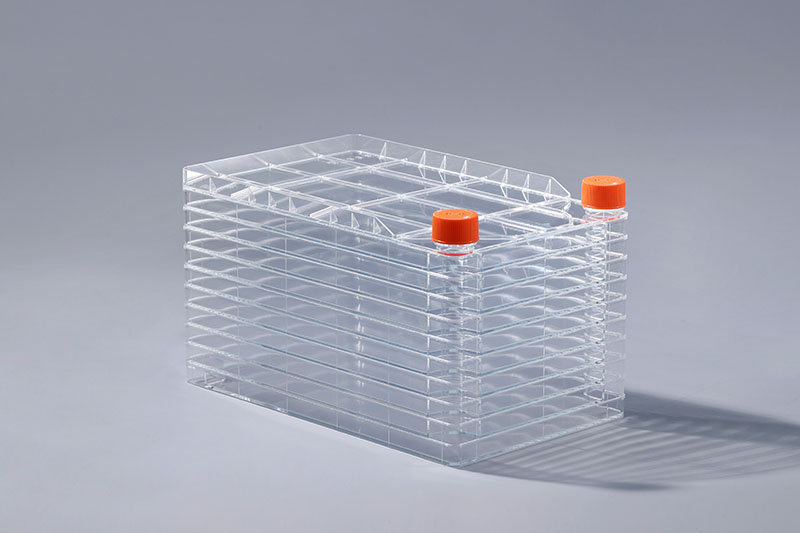CellfactoryA형 간염 백신, B형 간염 백신, 수두 백신 등과 같은 부착 세포의 대규모 배양에 주로 사용됩니다. 세포를 배양할 때 때때로 세포가 벽에 부착하기 어려운 것을 발견합니다. 그 이유는 무엇인가요?
우선 세포공장에서 세포를 배양할 때 비부착 현상이 발생하는 데는 많은 이유가 있는데, 이는 다음과 같은 측면에서 분석하고 해결할 수 있습니다.
과도한 트립신 소화: 트립신은 세포의 소화를 돕습니다. 소화가 과도하면 세포의 활동이 크게 손상되어 세포가 뜨게 됩니다. 이것은 소화 시간을 단축하거나 트립신 농도를 낮추어 제어할 수 있습니다.
마이코플라스마 오염: 세포는 환경에 민감합니다. 작업자가 위생에 주의를 기울이지 않거나 작업환경 및 실험장비가 오염되면 세포간 교차오염 및 비접착 현상이 발생합니다. 마이코플라스마 오염이 발견되면 즉시 배양물을 폐기하십시오.
세포 노화: 세포 노화는 유기체가 노화됨에 따라 세포의 퇴행성 변화의 총합으로, 통과하기 전에 합류하면 세포가 접착력을 잃게 됩니다. 갓 접종한 세포를 해동하여 다시 배양할 수 있습니다.
또한, 접종된 세포의 초기 농도가 너무 낮거나 너무 높으면 세포의 부착 특성에도 영향을 미치므로 적절한 접종 세포의 농도를 조정할 수 있습니다. 이 문제를 해결하십시오. 세포 공장을 사용하기 전에 운영자는 세포 배양 과정에 영향을 미치는 다양한 오염을 피하기 위해 자신과 환경을 잘 소독해야 합니다.
The FAI climbed 5.9 percent year-on-year in the first 11 months of 2018, quickening from the 5.7-percent growth in Jan-Oct, the National Bureau of Statistics (NBS) said Friday in an online statement.
The key indicator of investment, dubbed a major growth driver, hit the bottom in August and has since started to rebound steadily.
In the face of emerging economic challenges home and abroad, China has stepped up efforts to stabilize investment, in particular rolling out measures to motivate private investors and channel funds into infrastructure.
Friday's data showed private investment, accounting for more than 60 percent of the total FAI, expanded by a brisk 8.7 percent.
NBS spokesperson Mao Shengyong said funds into weak economic links registered rapid increases as investment in environmental protection and agriculture jumped 42 percent and 12.5 percent respectively, much faster than the average.
In breakdown, investment in high-tech and equipment manufacturing remained vigorous with 16.1-percent and 11.6-percent increases respectively in the first 11 months. Infrastructure investment gained 3.7 percent, staying flat. Investment in property development rose 9.7 percent, also unchanged.
 English
English



















































